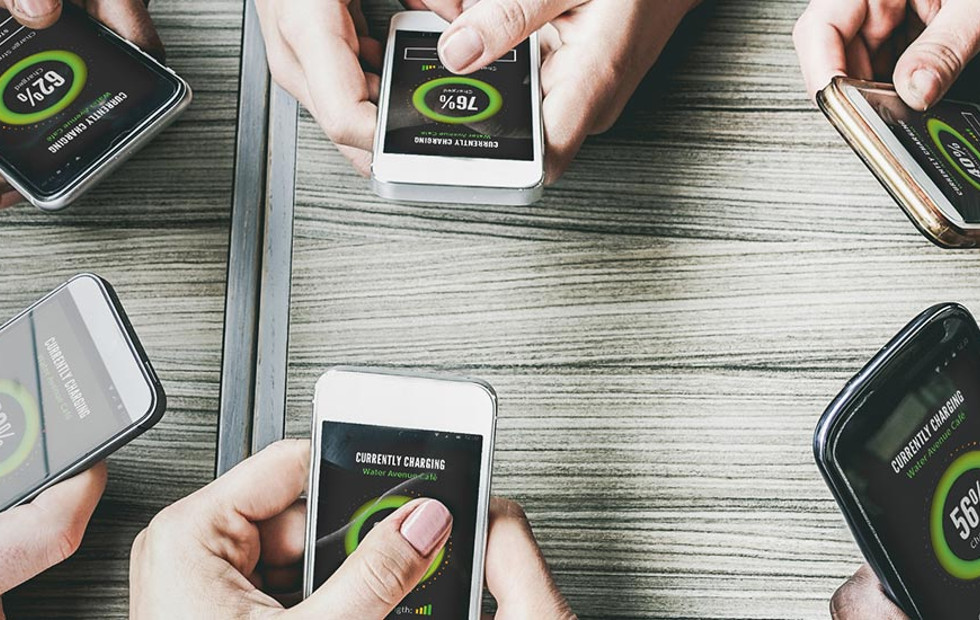FCC approves first wireless ‘power-at-a-distance’ charging system
According to the company, its wireless charges can charge the surrounding devices up to three feet away. FCC approval, recently granted to startup Energous, marks an important milestone on the path toward getting this tech in a phone you actually use.
Currently, Energous doesn’t have any retail product, but the company may show off the new technology at the CES 2018 event in Las Vegas.
The transmitter sends radio frequency energy waves to devices that support WattUp, and at this time, supported tech will start charging as long as they’re within three-feet of it. Energous is planning to deploy an ecosystem of products that do not require a specific manufacturer of the receiver to work with the WattUp transmitter, which should open the door to quicker adoption. This fanned the expectations that future iPhones could come with Energous’ technology. It could be that at some point the likes of Samsung or LG which already support wireless charging could also support WattUp, but we’ll just have to wait and see.
In August this year, an Israeli technology startup – Wi-Charge – developed a remote charging solution that essentially enables mobile and wireless devices to seamlessly recharge themselves without user intervention. Imagine being able to power a house full of smart speakers, cameras, door locks, garage doors, window blinds and anything else you care to mention, all without any wires. Energous has even made a video of its new wireless charging technology.
Energous says that its WattUp technology underwent multiple months of “rigorous testing” to verify that the technology was safe and met regulatory requirements. I take that to mean, if you want to sit a WattUp transmitter under your monitor and have it constantly recharging your wireless keyboard, mouse, smartwatch, earbuds, fitness tracker, and nearby smartphone, you’ll be fine. The WattUp power receiver is just 3mm square, Energous says, so can be fitted to nearly any device. It’s crucially distinct from systems that can only charge devices when the devices are in contact with charging pads.








